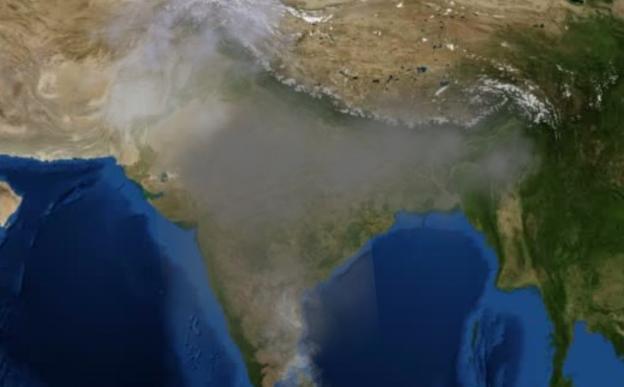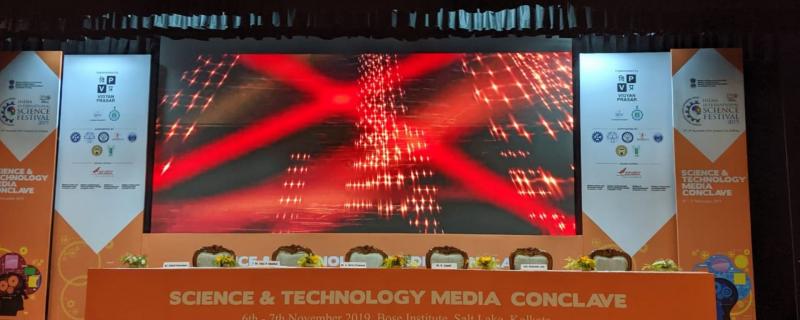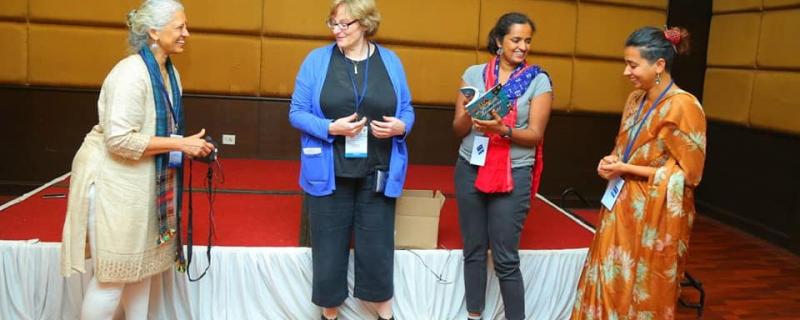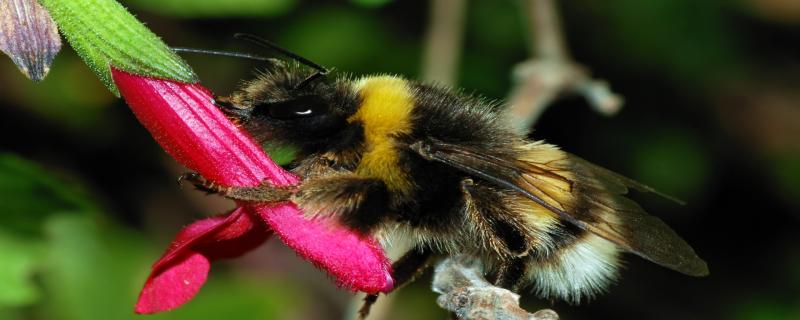Dr Siddhesh Kamat, Assistant Professor at the Indian Institute of Science Education and Research (IISER) Pune, is among the 27 recipients of the European Molecular Biology Organization's (EMBO) Young Investigators Grant. EMBO is an organization headquartered in Heidelberg, Germany, and promotes international collaboration among life sciences researchers.
Satellite analysis confirms rising temperatures and wind patterns are driving aerosol spikes across India, with a record high in 2022 following the historic lows of the COVID-19 lockdown.
Nagpur/










